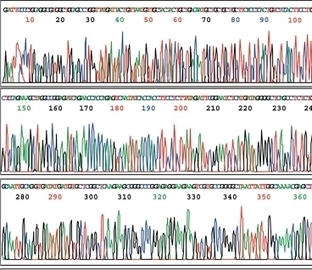Genome editing: Improved technique makes it easier to add or delete genes in living cells
See on Scoop.it – Virology and Bioinformatics from Virology.ca
Earlier this year, MIT researchers developed a way to easily and efficiently edit the genomes of living cells. Now, the researchers have discovered key factors that influence the accuracy of the system, an important step toward making it safer for potential use in humans, says Feng Zhang, leader of the research team.
With this technology, scientists can deliver or disrupt multiple genes at once, raising the possibility of treating human disease by targeting malfunctioning genes. To help with that process, Zhang’s team, led by graduate students Patrick Hsu and David Scott, has now created a computer model that can identify the best genetic sequences to target a given gene.
“Using this, you will be able to identify ways to target almost every gene. Within every gene, there are hundreds of locations that can be edited, and this will help researchers narrow down which ones are better than others,” says Zhang, the W.M. Keck Assistant Professor in Biomedical Engineering at MIT and senior author of a paper describing the new model, appearing in the July 21 online edition of Nature Biotechnology.
The genome-editing system, known as CRISPR, exploits a protein-RNA complex that bacteria use to defend themselves from infection. The complex includes short RNA sequences bound to an enzyme called Cas9, which slices DNA. These RNA sequences are designed to target specific locations in the genome; when they encounter a match, Cas9 cuts the DNA.
See on web.mit.edu
